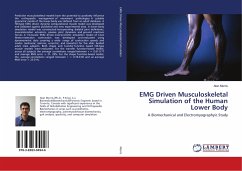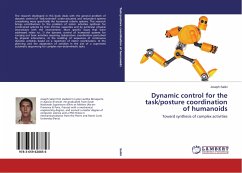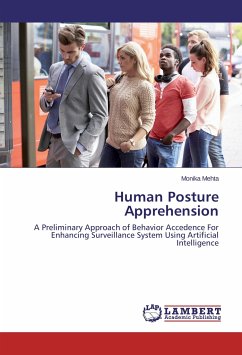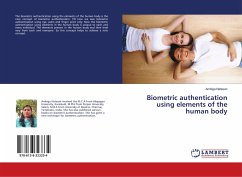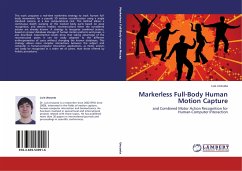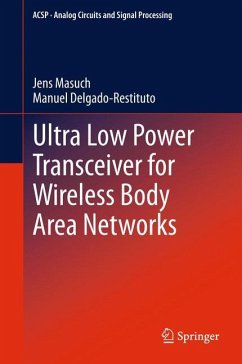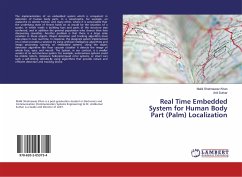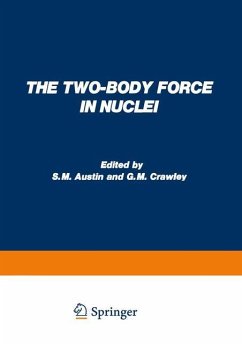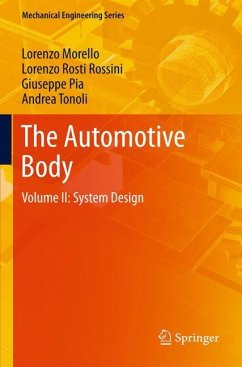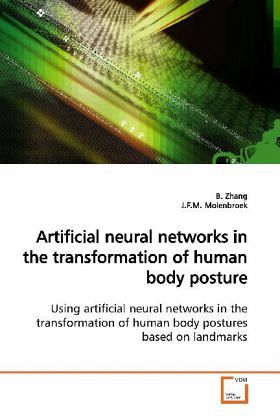
Artificial neural networks in the transformation of human body posture
Using artificial neural networks in the transformation of human body postures based on landmarks
Versandkostenfrei!
Versandfertig in 6-10 Tagen
52,99 €
inkl. MwSt.

PAYBACK Punkte
26 °P sammeln!
Designers, engineers and ergonomists are seeking toexploit the opportunities offered by the 3Danthropometric technologies. These technologies make3D measurements possible and provide us with a moredetailed description of human body in comparison withthe traditional 1D or 2D data processing. In manyindustrial design cases, there is a need to takeinto consideration various postures of the humanbody when the product is designed. This book presentsan approach to transforming measured body databetween various postures. In this research themeasured human body data were substituted by a properset of ...
Designers, engineers and ergonomists are seeking to
exploit the opportunities offered by the 3D
anthropometric technologies. These technologies make
3D measurements possible and provide us with a more
detailed description of human body in comparison with
the traditional 1D or 2D data processing. In many
industrial design cases, there is a need to take
into consideration various postures of the human
body when the product is designed. This book presents
an approach to transforming measured body data
between various postures. In this research the
measured human body data were substituted by a proper
set of landmarks which was used as a basis of
transforming the specific body postures. Artificial
neural networks have been used for the actual
conversion of data. The input consisted of a set of
demographic data and the set of coordinates of the
landmarks characterizing a given posture. The output
was another set of landmarks describing the
transformed posture. The results have showed that the
ANNs and landmark-based posture prediction technology
is computationally effective. This technology is
generally applicable and opens up new possibilities
in studying motions and hand postures.
exploit the opportunities offered by the 3D
anthropometric technologies. These technologies make
3D measurements possible and provide us with a more
detailed description of human body in comparison with
the traditional 1D or 2D data processing. In many
industrial design cases, there is a need to take
into consideration various postures of the human
body when the product is designed. This book presents
an approach to transforming measured body data
between various postures. In this research the
measured human body data were substituted by a proper
set of landmarks which was used as a basis of
transforming the specific body postures. Artificial
neural networks have been used for the actual
conversion of data. The input consisted of a set of
demographic data and the set of coordinates of the
landmarks characterizing a given posture. The output
was another set of landmarks describing the
transformed posture. The results have showed that the
ANNs and landmark-based posture prediction technology
is computationally effective. This technology is
generally applicable and opens up new possibilities
in studying motions and hand postures.



